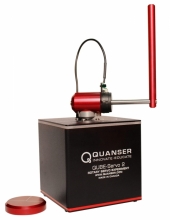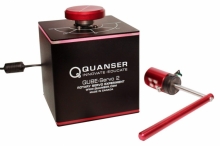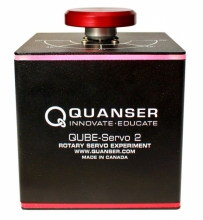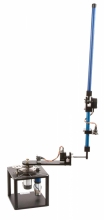Rotary Servo Base Unit
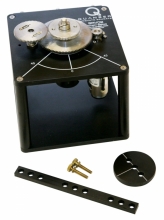
The Rotary Servo Base Unit is the fundamental element of the Quanser Rotary Control experiments. It is ideally suited to introduce basic control concepts and theories on an easy-to-use and intuitive platform. Use it on its own to perform several experiments, or expand the scope of this unit by adding on other modules to teach an even wider range of control concepts.


